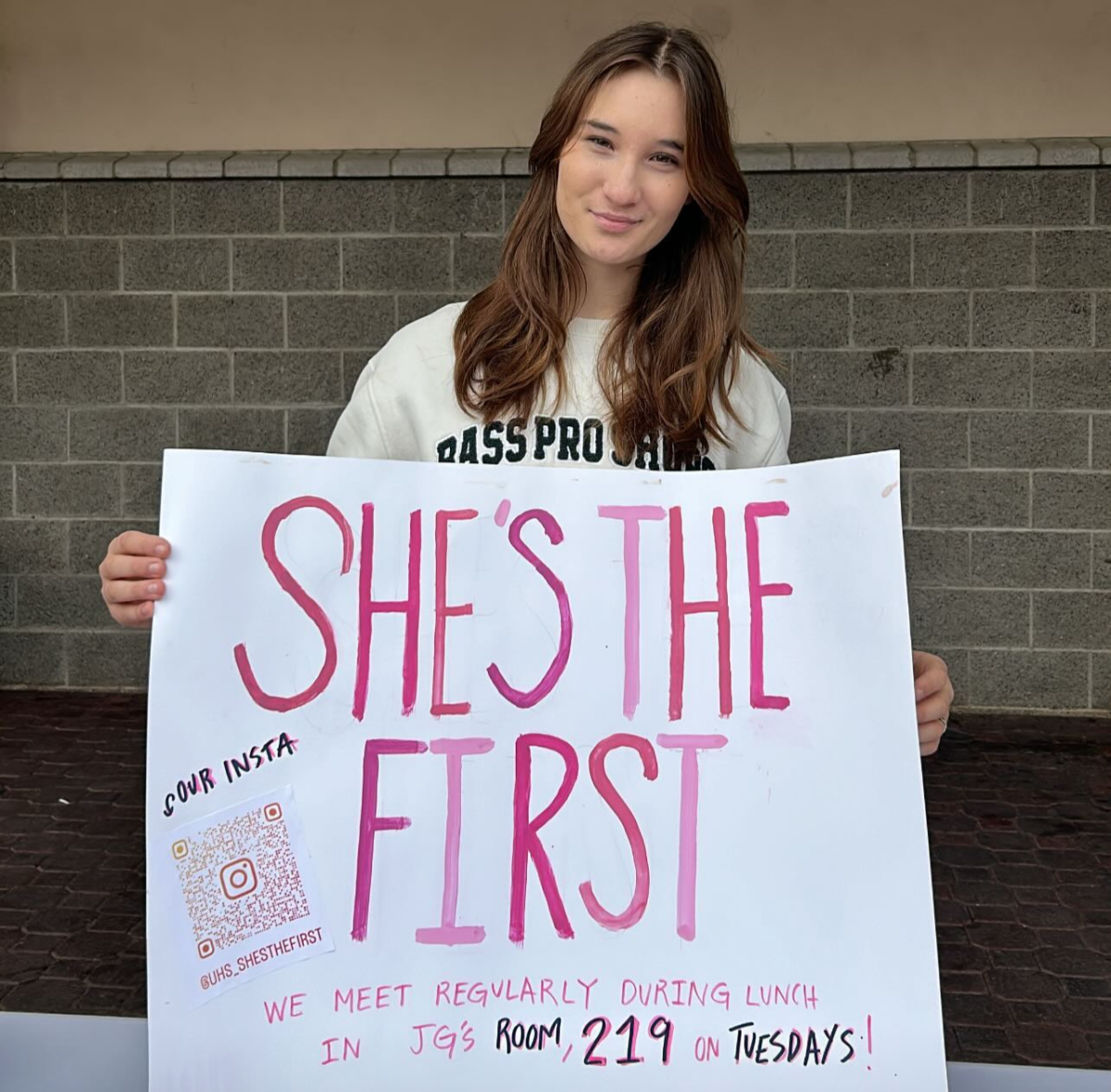Starting a club is a fantastic way to connect with people who share your interests, discover new passions and improve the school community. Whether you have a passion for reading, environmental issues, academics, or culture, starting a club can be the key to highlighting your interests. Below is a step-by-step guide on how to start an official club at UHS.
Step one: Find a topic that interests you
If you want to start a club but are unsure what type, find something you are passionate about and want other people to know about. For the most part, clubs that are started of genuine interest tend to be more successful than ones that are not.
“I’d recommend students make sure that when applying for a new club, their idea isn’t repetitive to clubs already on campus,” UHS Club Commissioner Toby Forster said. “We’re always open to unique ideas and passionate students.”
If you are not sure about what to make your club about, here are some questions that can help you:
- What topics or activities capture your interest?
- Is there already a club that is similar to your idea?
- How can your club stand out from other clubs on campus?
Finding something you are passionate about and want to share with others is the basis of any strong club. It will also help you find like-minded people.
Step two: Find board members and an advisor
To find board members, reaching out to students you know who are interested in the topic or activity your club is focused on is a great place to start. Students with strong leadership skills who are willing to put in the time and effort required by board members are likely to be well-suited for board positions. The four primary positions are president, vice president, treasurer and secretary. In addition, there are other opportunities for students to fill other leadership roles, such as social media manager and events coordinator.
Once you establish a board, you can move on to finding a teacher who is willing to be your club’s advisor. An advisor provides their room for club meetings and guides the club to ensure it is successful. Additionally, advisors have connections that can grant you access to specific resources if needed.
Having both dedicated board members and a supportive teacher advisor are essential to forming a successful club.
Step three: Create a club constitution and fill out appropriate forms to submit
The next step in forming a club is writing a club constitution, which usually consists of the club name, purpose, board requirements, meetings, finances and member eligibility. A well-written constitution will clarify your club’s objectives and help ensure it runs smoothly. Aside from a constitution, advisor and president expectation forms must be signed, which provide a structure for collaboration between the club and the advisor.
All forms, including a completed copy of the club constitution, must be read and signed by club registration night.
New clubs can be created at the beginning of each semester. This schedule gives students ample time to make a constitution, recruit board members and find an advisor. Once the forms are submitted, the club commissioner will carefully review them before deciding whether an interview is necessary to learn more about the club. After the interview, the club commissioner will email you to let you know if your club has been approved.
Step four: Set a regular meeting date and start spreading awareness
If your club gets approved, set a regular meeting date that works with your advisor’s schedule. Consistency is key to growing a group of committed club members.
New clubs can find recruiting members challenging. One way to get people interested in your club is to create an Instagram account and post regular meeting reminders. Another idea is to hang flyers advertising your club around campus, which will help inspire students to join.
“Being an official club means you can fundraise at school, publicize yourself, and participate in club events,” Forster said. “Clubs at UHS help you make friends and connections all over campus.”
Finding others with the same interests as you can be challenging at a school with such a large student body. Clubs allow students of all grades and backgrounds to come together and bond over a shared passion. Although starting a club may seem overwhelming, forming a club is an excellent idea if you want to pursue a specific interest. This guide is the perfect place to start.











